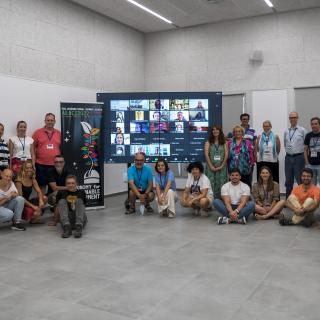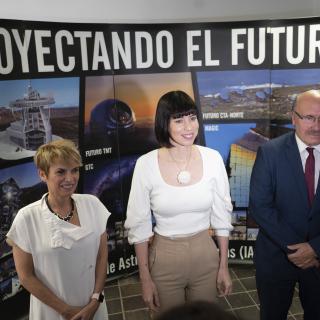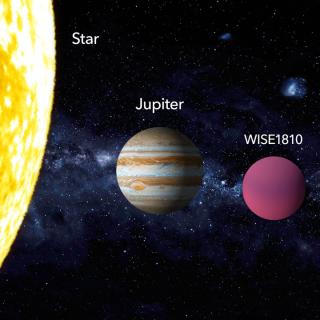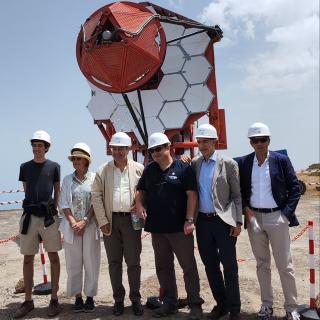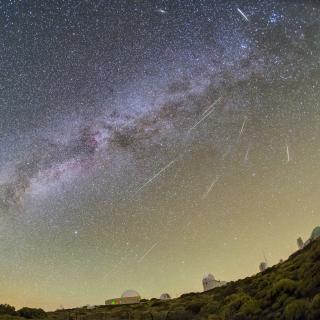
Through collaboration between the Instituto de Astrofísica de Canarias (IAC) and the Sociedade Portuguesa para o Estudo das Aves (SPEA) within the framework of the projects Interreg EELabs and LIFE Natura@night, on the night of the 12t to 13th of August, the sky-live.tv channel will broadcast the maximum activity of the Perseid meteor shower from Madeira and from the Roque de los Muchachos Observatory (Garafía, La Palma). Some 10% of the continental surface of the Earth is affected by light pollution, but if we take into account the SkyGlow produced by the effect of artificial lighting on
Advertised on
